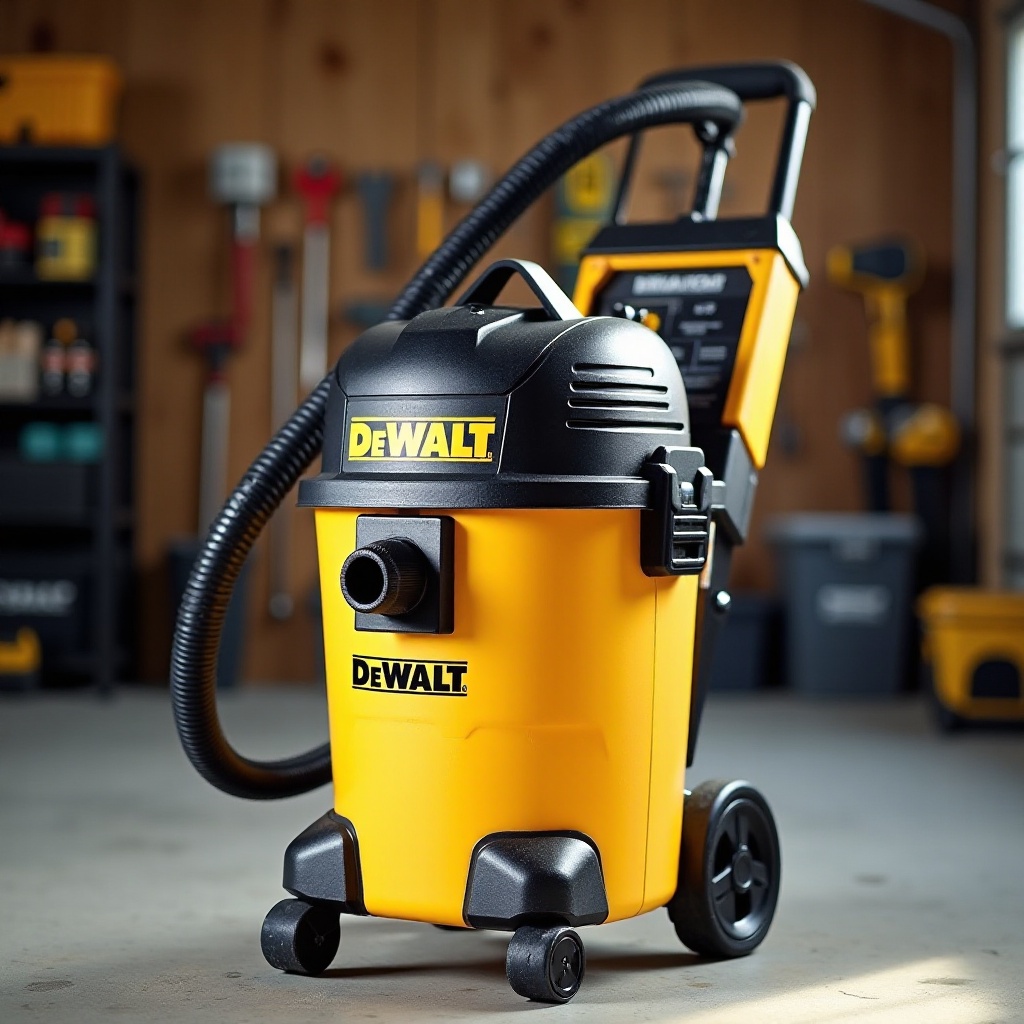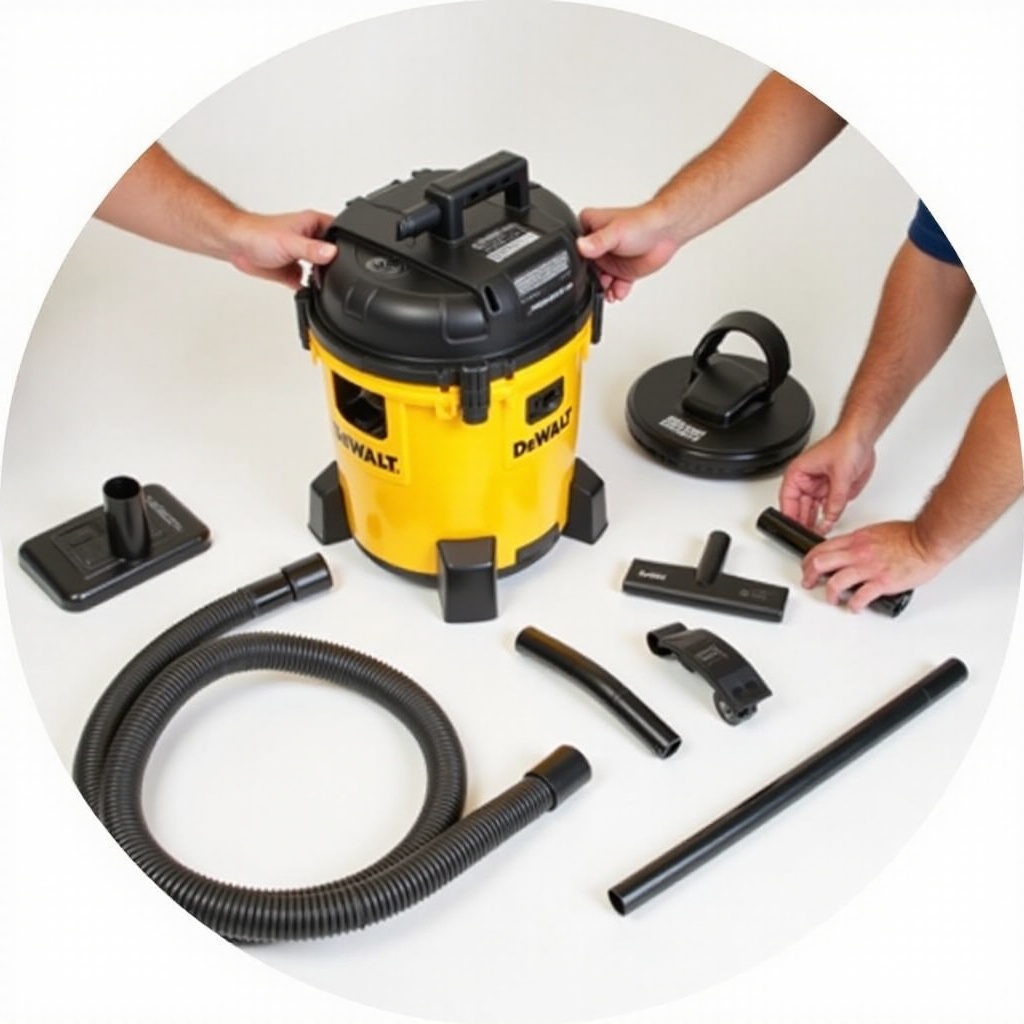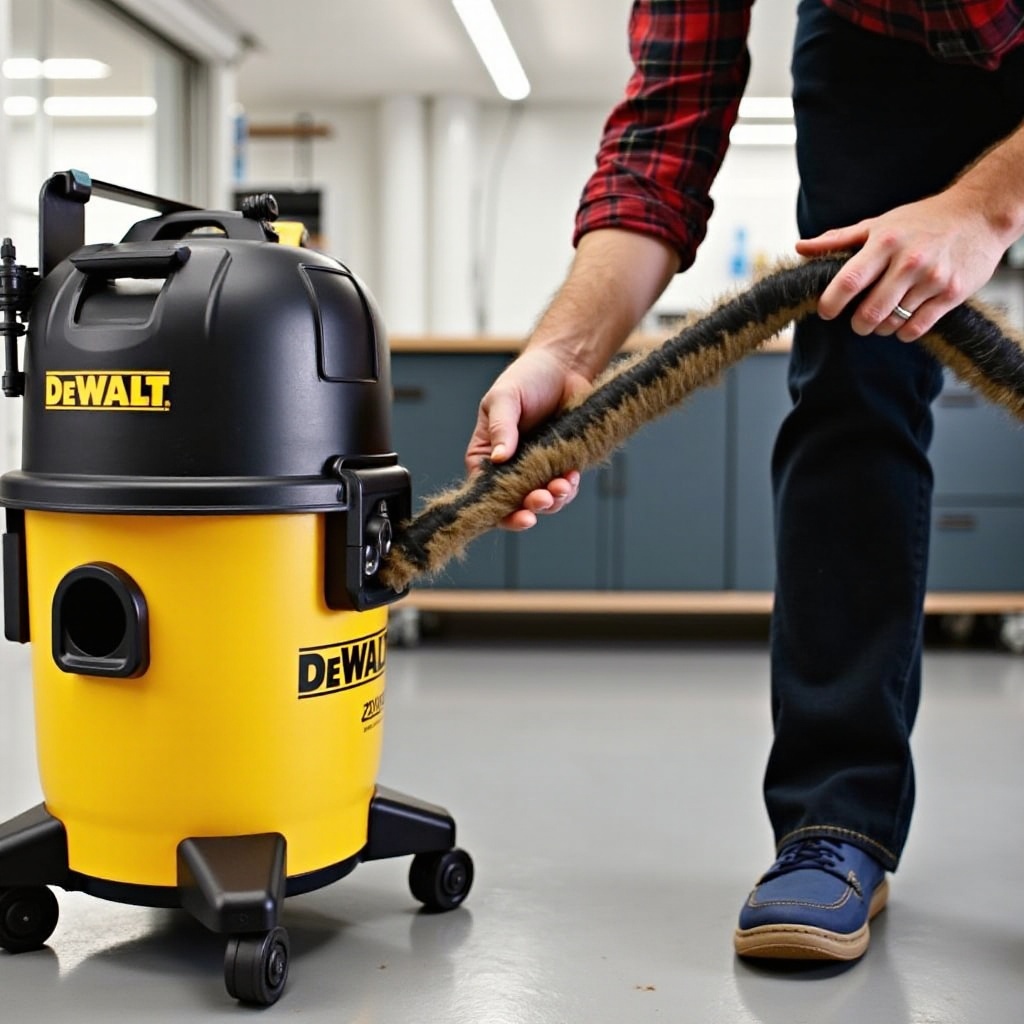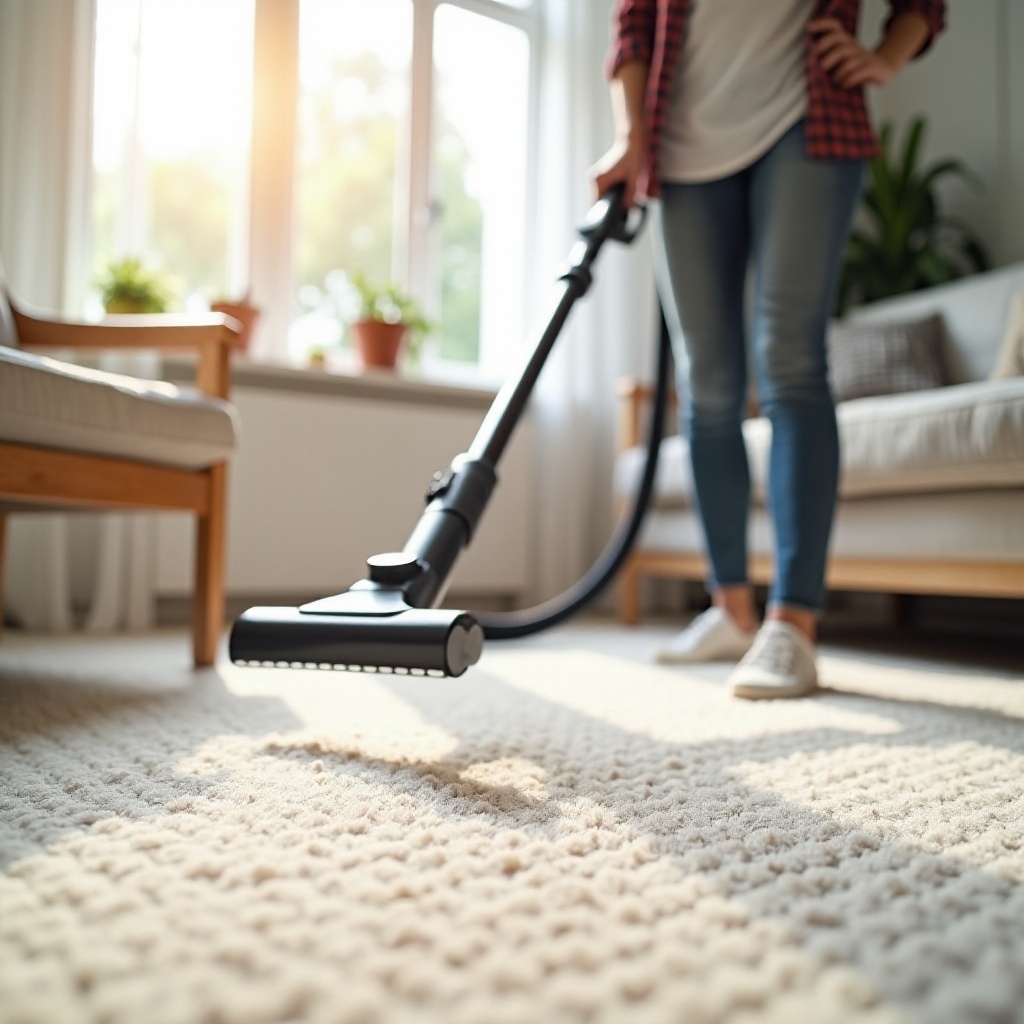Introduction
Whether you’re battling household messes or tackling workshop projects, the Dewalt Wet and Dry Vacuum is an essential tool. This 2024 guide will walk you through everything you need to know about using this versatile vacuum. From unboxing and assembly to operating and maintaining your vacuum, we’ve got you covered. Let’s dive right in.

Unboxing and Assembly
When you first receive your Dewalt Wet and Dry Vacuum, the unboxing process is straightforward. Carefully open the box and lay out all included parts. You should have the vacuum unit, a hose, various attachments, a filter, and an instruction manual. Follow these steps:
- Ensure all components are present and undamaged.
- Attach the hose by inserting one end into the vacuum port.
- Connect the desired attachment to the other end of the hose.
- Insert the filter as per the manual, ensuring it is securely in place.
Proper assembly is crucial for efficient vacuum operation, ensuring optimal suction and functionality.

Setting Up for Different Cleaning Tasks
Your Dewalt Wet and Dry Vacuum is designed for versatility. Here’s how to set it up for different cleaning tasks:
Wet Cleaning Setup
- Remove the dry-use filter.
- Insert the appropriate wet-use filter.
- Ensure the vacuum’s tank is empty.
- Attach the squeegee or wet-cleaning attachment to the hose for effective water suction.
Dry Cleaning Setup
- Confirm the dry-use filter is firmly in place.
- Empty any remaining debris from the tank.
- Select and attach the appropriate dry-cleaning nozzle.
Switching Between Wet and Dry Modes
- Turn off and unplug the vacuum.
- Remove the current filter and replace it with the appropriate one.
- Empty the tank and clean any residue.
- Attach the relevant nozzle for your new task.
By understanding these setups, you’ll ensure your Dewalt vacuum performs optimally, irrespective of the cleaning task.

Operating the Vacuum
Once set up, using your Dewalt Wet and Dry Vacuum is straightforward:
Powering On and Off
- Plug the vacuum into a power source.
- Press the power button to turn it on.
- Press it again to turn it off.
Adjusting Suction Levels
- Use the control dial to adjust the suction power to your needs.
- Lower settings are ideal for delicate surfaces, while higher settings are perfect for heavy-duty tasks.
Using Different Attachments and Accessories
- Choose the right attachment for your task. A crevice tool for tight spots, a brush for upholstery.
- Connect the attachment securely to the hose.
- Use the attachment as directed for efficient cleaning.
These steps ensure your vacuum is used effectively for all scenarios.
Maintenance and Care
Maintaining your Dewalt Wet and Dry Vacuum will extend its life and ensure consistent performance:
- Empty the tank after each use.
- Clean or replace filters regularly.
- Wipe down the vacuum’s exterior.
- Check for blockages in the hose and attachments.
Routine maintenance prevents performance issues and extends the tool’s lifespan.
Troubleshooting Common Issues
Even with regular maintenance, issues can arise. Here’s how to handle common problems:
- Loss of suction: Check for clogs in the hose or attachments and clean or replace the filter.
- Unusual noise: Ensure all parts are securely attached and check for blockages.
- Power issues: Inspect the power cord for damage and ensure the outlet works correctly.
These troubleshooting tips resolve issues quickly and efficiently.
Conclusion
Using the Dewalt Wet and Dry Vacuum doesn’t have to be complicated. With this comprehensive guide, you’re equipped to handle any cleaning task. Proper assembly, setup, operation, and maintenance ensure your vacuum operates at peak performance. Happy cleaning!
Frequently Asked Questions
How do I clean the filters?
Remove the filter, tap it gently to release debris, rinse with water if needed, and allow it to dry completely before reattaching.
What should I do if the vacuum loses suction power?
Check for clogs, clean the filter, and ensure the tank is empty. Verify all attachments are securely connected.
Can I use the Dewalt vacuum on delicate surfaces?
Yes, adjust the suction power to a lower setting and use appropriate attachments, like a brush or upholstery tool, for delicate surfaces.


